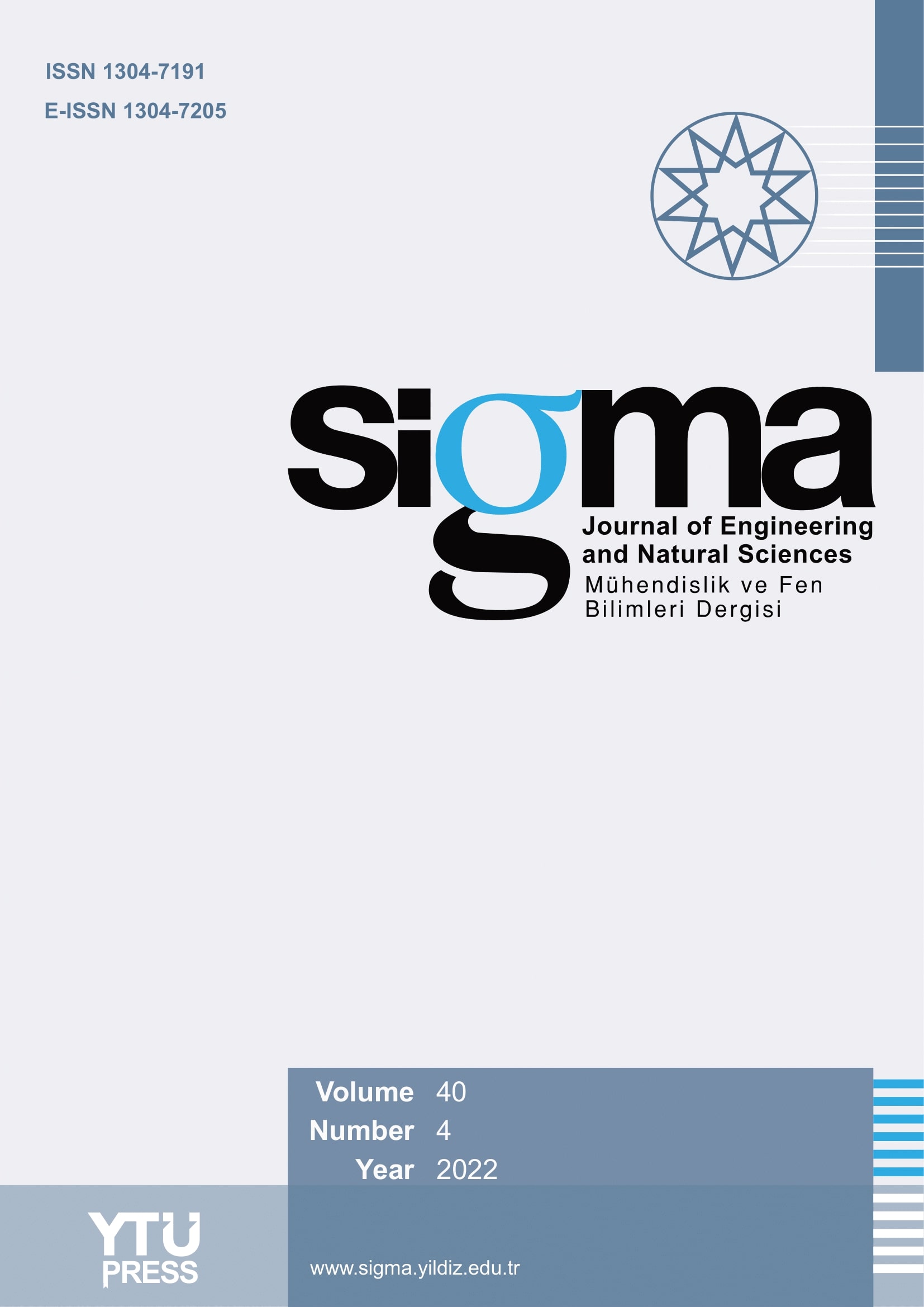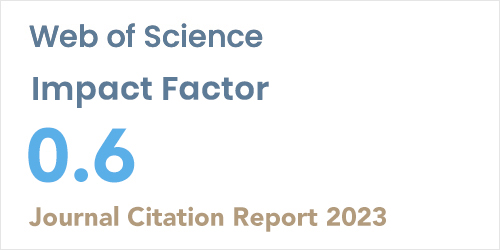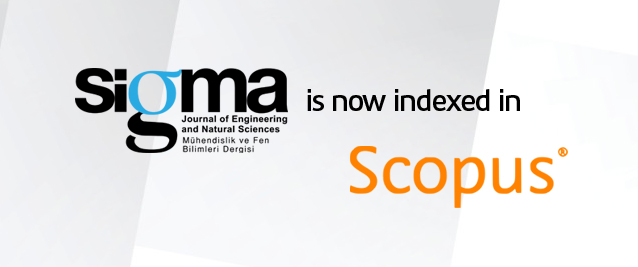2Department of Automation and Robotics, Dr. D. Y. Patil Institute of Technology, Pimpri, Pune, 411018, India
3Department of Mechanical Engineering, Dr. D. Y. Patil Institute of Technology, Pimpri, Pune, 411018, India
Abstract
The present study aims to evaluate experimental investigations of heat transfer and fluid flow performance in cross-cut wavy microchannels with and without nanofluid. It provides a thorough analysis, supported by both numerical simulations and experimental validations, into the impact of cross-cut angles on heat transfer rates in microchannels. A heat flow of 20,000 W/m² was applied to a variety of geometries with cross-cut angles of 0°, 10°, 20°, 30°, 40°, and 50° in computational fluid dynamics (CFD) simulations. Furthermore, experiments using a hydraulic diameter of one millimeter and a Reynolds number range of 100–1000 were conducted to evaluate the viability of the experiments. Increased Reynolds numbers increase Nusselt numbers across geometries by thinning boundary layers. Geometries with cross cuts outperform flat forms due to boundary layer rebuilding and secondary flow. In particular, the geometry with a 30° cross cut exhibits a 41% greater heat transfer rate in testing as compared to its non-cut experimentally. It is observed that geometry of cross cut angle 300 showing maximum Nusselt number 11.497 which is 3.66% greater than that of plain geometry.















